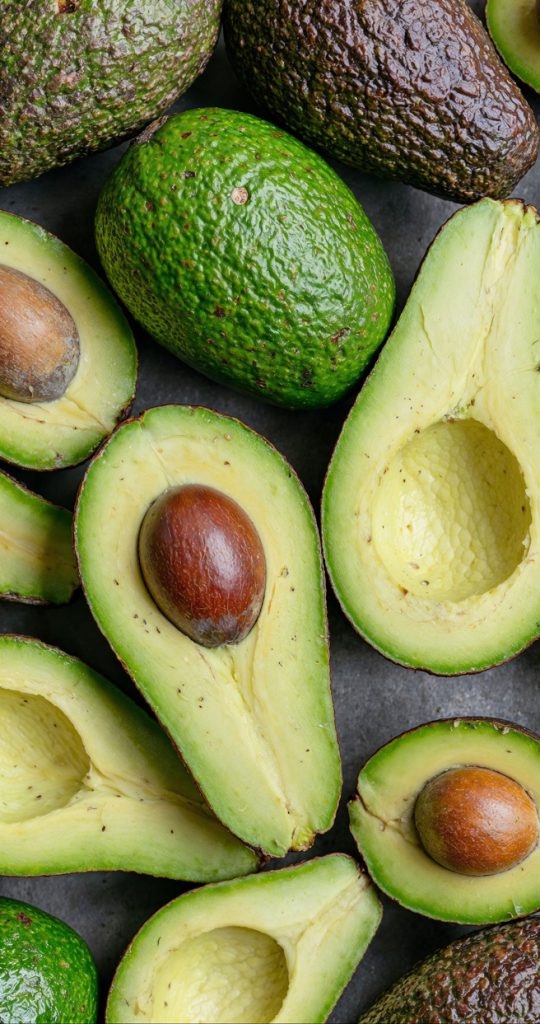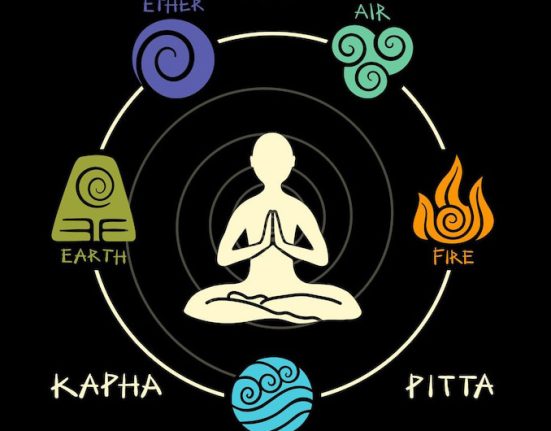Words: Victoria Moran
Ojas Keeps all living beings nourished and refreshed. There can be no life without ojas.
Charaka Sutra Sthana, Chapter 30, Verse 9
Some people are just attractive. Nice. But others––with or without classic good looks––have a glow that doesn’t stop. It’s there when they’re all glammed up or going a cappella. Age doesn’t dim it one bit. This glow is about living well, feeling confident, and radiating contentment that other people can discern. That way, they won’t simply be impressed by how you present yourself: they’ll be moved by how they feel in your presence.
In ayurveda, the ancient Indian healthcare and self-care system that grew up alongside yoga, the glow comes from an abundance of an energy called ojas, the quintessence of radiance. Think of how somebody looks and feels after a great vacation or when they’re newly in love.


This is ojas––“vigour,” “fluid of life,” “vital sap.” That may sound like an expensive serum, but it’s not for sale. We generate it ourselves. Signs of abundant ojas include clear, sparkling eyes, a radiant complexion, disease resistance, a pleasant body smell, and bound-out of-bed energy in the morning.
Ojas is responsible for the juicy quality that exemplifies youth. It’s necessary for strong immunity, good humor, even spiritual fortitude. When ojas is optimal, we’re eager to engage in health-promoting and life-enhancing activities. When it isn’t, our motivation lags, and so does our energy.
If you are noticing that your skin is drier than usual, you’re seeming more susceptible to whatever is going around, your attitude is more than partly cloudy, and you’re having trouble with focus, insufficient ojas may be involved. Low ojas has to do with lack of energy in the tissues of the body, known in yoga and ayurveda as dhatus.

This is ojas–“vigour,” “fluid of life,” “vital sap.” That may sound like an expensive serum, but it’s not for sale. We generate it ourselves. Signs of abundant ojas include clear, sparkling eyes, a radiant complexion, disease resistance, a pleasant body smell, and bound-out of-bed energy in the morning.
Other ojas-uppers include:
- Avocado
- Basmati rice: ayurveda likes basmati (or “fragrant”) rice for its digestibility; even though it is not a whole grain, it has a markedly lower glycemic index than white rice and a decent amount of fiber. (Alternatively, you can purchase brown basmati rice, which has not had its outer layer polished off.)
- Blanched almonds: the skins of almonds contain a bitter substance called tannin that could inhibit the process, but with the skin removed, almonds generate ojas brilliantly.
- Leafy greens and freshly extracted green juices and vegetable juices
- Pink lentils, split mung beans, and tofu
- Sesame seeds and tahini (sesame butter, a traditional ingredient in hummus).
- Spices: cardamom, coriander, and cumin, known as ayurveda’s three c’s, and saffron, shown in research studies to help with memory loss.


But just as walking comes before running and getting acquainted precedes becoming best friends, boosting ojas happens only after our various dhatus have been nourished. These tissues, according to ayurveda, are rasa, rakta (blood), mamsa (muscle), meda (fat), asthi (bones), majja (bone marrow), and shukra (reproductive tissue). Getting all these thoroughly fed can take some time. This means that going from ho-hum to “Oh, my!” won’t happen overnight. Give your body at least a month of plant-based eating with the frequent 90 90 inclusion of the foods listed above. Then assess: are you feeling more vigor and robustness?
Everything you can do to assist your digestion will power up the process: eating moderate amounts of food in simple combinations, having your main meal at midday instead of in the evening, sipping ginger tea throughout the day, chewing some fennel seeds after meals. An early-to-bed, early to-rise schedule gives your body the opportunity to appropriate the nutritive and vibrational elements of ojas-building foods. So does regular meditation, sex with someone you trust, good music, and the state of joy. Steady joy is ideal, but surges are good, too, and if dribbles are all you can conjure at the moment, accept them with gratitude. Exercise is also vital in ojas creation and preservation; so is maintaining an easeful relationship with the exigencies of life. I see this as dancing with what each day presents. You move with the circumstances, observe them without judgment, and add a dip or a twirl when you get the chance.
See yourself as someone brimming with ojas: attractive, sexy, comfortable in your own skin, radiating good health and good cheer. This is not wishful thinking: it’s been shown repeatedly that injured athletes who “practice” mentally while on the sidelines maintain their form and skill level to a far greater degree than those who don’t.
And here’s something a bit more down to earth (and delicious besides): Treat yourself and someone you’re crazy about to on ojas enhancing picnic. Make a warm salad of steamed sweet potatoes and baby lentils, spiced with those three c’s: cardamom, coriander, cumin. Serve on saffron rice.
Steep some tea: ginger, tulsi, or licorice. And for dessert make heavenly treat balls by combining equal parts Medjool dates and blanched almonds in a food processor and rolling them, if you like, in some cocoa or carob powder. Take your time. Add some music that lifts your up and conversation that brings you and your friend closer. Then look at one another with the eyes of love, whether the romantic or platonic kind. I’ll bet you’re both looking glowy already.






Leave feedback about this